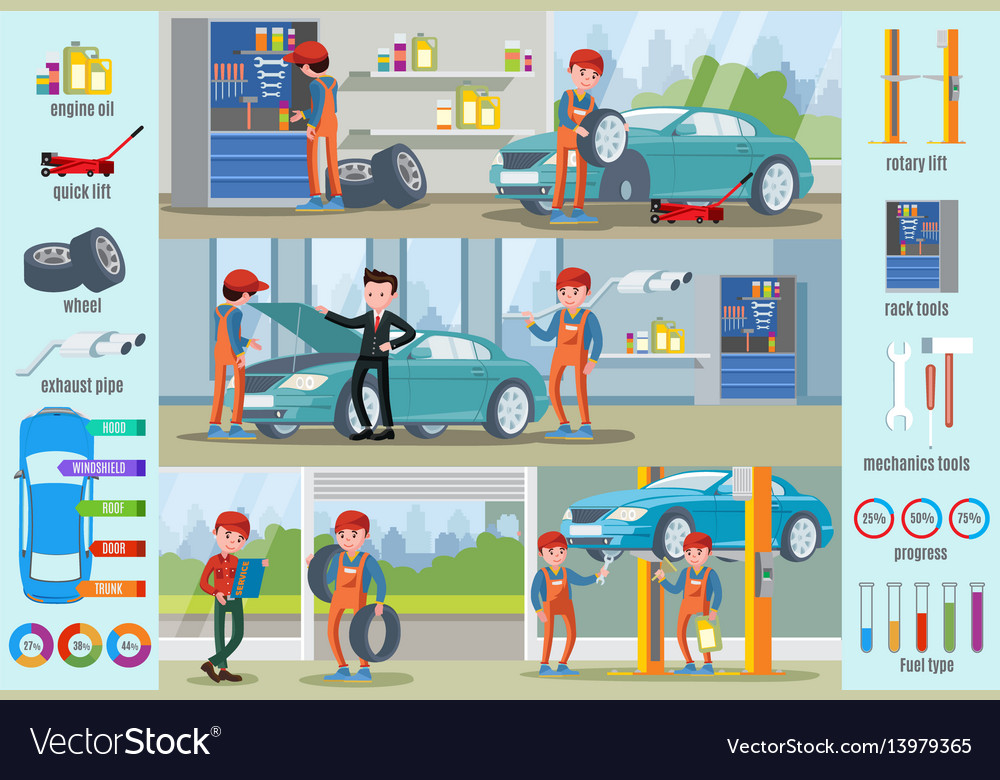Familiarize Yourself With The Control Panel Caution Lights In Your Automobile To Focus On The Well-Being And Safety Of Your Car
Familiarize Yourself With The Control Panel Caution Lights In Your Automobile To Focus On The Well-Being And Safety Of Your Car
Blog Article
Short Article Author-Hernandez Ferguson
When you lag the wheel, those beautiful caution lights on your dashboard can be a little bit bewildering. Do you understand what they're attempting to tell you about your car's health? Understanding the value of these lights is vital for your safety and the longevity of your automobile. So, the following time one of those lights appears, would not you want to decipher its message properly and take the necessary steps to resolve it?
Common Warning Lighting and Interpretations
Recognize typical caution lights in your car and understand their definitions to ensure risk-free driving.
One of the most common warning lights include the check engine light, which indicates issues with the engine or discharges system. If this light begins, it's critical to have your car checked immediately.
The oil pressure advising light shows reduced oil stress, calling for prompt attention to avoid engine damages.
A flashing battery light might suggest a faulty billing system, potentially leaving you stranded if not resolved.
The tire stress tracking system (TPMS) light alerts you to reduced tire pressure, affecting automobile stability and fuel effectiveness. Disregarding this can bring about hazardous driving conditions.
The ABS light shows a problem with the anti-lock stopping system, endangering your capability to stop quickly in emergency situations.
Last but not least, the coolant temperature advising light warns of engine getting too hot, which can cause severe damage if not settled swiftly.
Comprehending these usual warning lights will certainly aid you attend to problems immediately and keep risk-free driving problems.
Importance of Prompt Attention
Understanding the usual warning lights in your vehicle is only the primary step; the importance of quickly dealing with these warnings can not be emphasized sufficient to ensure your safety and security when driving.
When a caution light illuminates on your dashboard, it's your vehicle's means of communicating a potential problem that requires attention. Neglecting these warnings can cause a lot more severe problems down the road, compromising your security and potentially costing you more out of commission.
Trigger focus to cautioning lights can prevent malfunctions and mishaps. For instance, a flashing check engine light could show a misfire that, if left ignored, might create damages to the catalytic converter. Resolving this promptly can conserve you from a costly repair service.
Similarly, a brake system warning light might signal low brake liquid or used brake pads, crucial components for your safety and security when driving.
DIY Troubleshooting Tips
If you observe a warning light on your control panel, there are a couple of do it yourself troubleshooting suggestions you can try before seeking professional aid.
https://brakeshops06273.blog-ezine.com/27778131/discovering-a-trustworthy-vehicle-service-center-in-your-distance is to consult your auto's manual to recognize what the particular caution light shows. Often the problem can be as simple as a loosened gas cap causing the check engine light. Tightening the gas cap might fix the issue.
One more usual concern is a low battery, which can trigger various cautioning lights. Checking the battery connections for deterioration and guaranteeing they're safe and secure could deal with the problem.
If a caution light continues, you can attempt resetting it by separating the cars and truck's battery for a few minutes and then reconnecting it. In addition, inspecting your automobile's liquid levels, such as oil, coolant, and brake fluid, can aid fix warning lights associated with these systems.
Final thought
To conclude, comprehending your vehicle's warning lights is crucial for maintaining your car running smoothly and safely. By promptly resolving these notifies and understanding what they imply, you can avoid expensive repairs and prospective breakdowns.
Keep in mind to consult your automobile's handbook for certain details on each cautioning light and take action as necessary to ensure a trouble-free driving experience.
Keep notified, remain the mechanic -free when driving!
